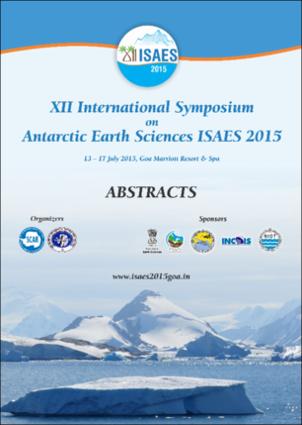Please use this identifier to cite or link to this item:
https://hdl.handle.net/20.500.12544/2669Files in This Item:
| File | Description | Size | Format | |
|---|---|---|---|---|
| Ng-Hydrogeological_research_in_the_Machu_Picchu.pdf | Resumen de póster | 771.27 kB | Adobe PDF | View/Open |
This item is licensed under a Creative Commons License












